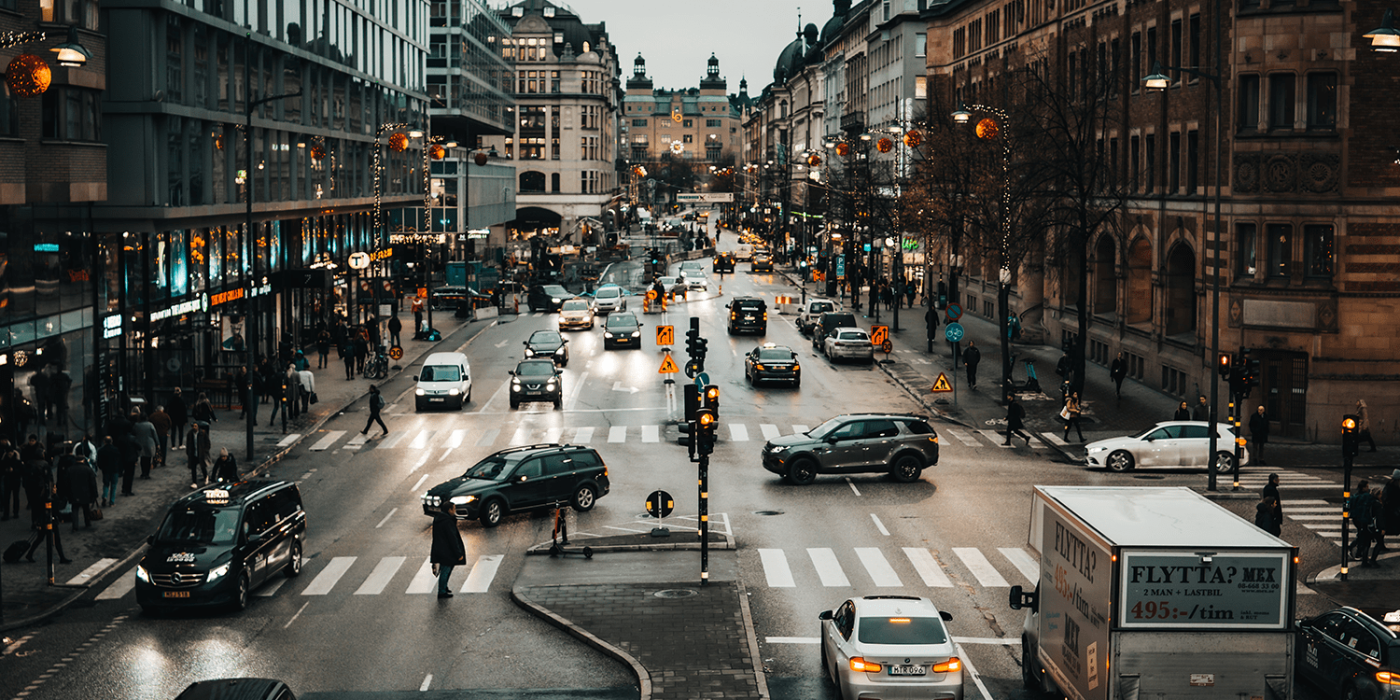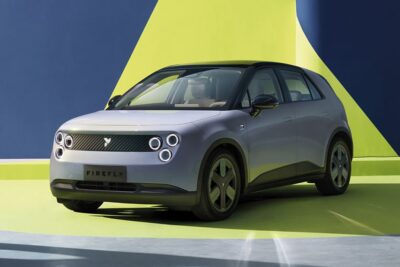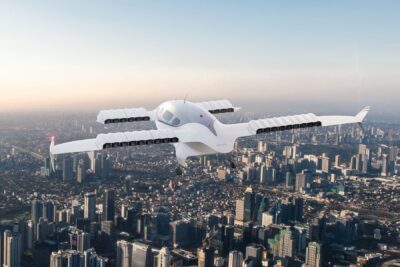Stockholm bans fossil-fuelled cars in city centre from 2025
Plans to allow only electric cars, the most fuel-efficient combustion vehicles, were forged about a year ago by the newly elected city administration. Stockholm is now delivering the exact outlay of the ultra-low emission zones.
According to rules published today, an area of 180,000 square metres, or about 20 blocks that form the Swedish capital’s finance and main shopping areas, will only allow electric cars, some hybrid trucks and fuel-cell vehicles. The city could expand the zone beyond the four central streets, Kungsgatan, Birger Jarlsgatan, Hamngatan and Sveavägen, in the first half of 2025. The Class 3 environmental zone will apply from 31 December 2024 and include the entrance and exit of the Klaratunneln by Mäster Samuelsgatan.
The Swedish government enabled local authorities to create environmental zones to improve air quality in 2018. Stockholm will be the first city in Sweden to introduce the strictest zone, class three, which bans nearly all diesel and petrol cars.
The measure comes on the back of plans to turn the capital into a “green walking city and Europe’s leading bicycle city,” as Åsa Lindhagen, one of the Green Party’s new mayors in Stockholm, explained last October.
To further reduce all car traffic, public transport is to be advanced while personal mobility in the city is to be improved for pedestrians and cyclists so that car trips are largely unnecessary.
“The environmental zone is being introduced in an area where there are a lot of pedestrians and cyclists, where the air quality needs to improve,” added transport councillor Lars Strömgren when talking to local broadcaster SVT. “It’s also an area of the city centre where we can see a high commitment to electrification, where there are key actors who can be a driving force in this transition,” Strömgren said.
“That’s why this is a good place to start.”
Stockholm could be the first major European capital to introduce such a wide prohibition and goes further than plans by Paris, Athens and Madrid to ban ICE cars. Other cities, including London, have introduced low-emission zones, incurring daily fees for entering the city centre in older combustion engines. The British capital expanded the ultra-low emissions zones in August, setting it among the most ambitious cities worldwide.
The Stockholm environmental zone will be extended in a second stage, which will be proposed in 2024 and voted on in the first half of 2025. By 2026, these should be fully implemented, with the capital targeting all traffic in the city centre of Stockholm to be emission-free by 2030. Car traffic is to be reduced by 30 per cent compared to 2017.
Stockholm expects to have 100,000 charging points in the city by 2030.
Olso, capital of EV trailblazing Norway, too, reportedly targets becoming an emission-free city by 2030. The municipal environment agency earlier this year also recommended introducing a zero emission zone in the inner city that would first target heavy transport and trucks in 2025 before extending it to cars in 2027.
In Stockholm, heavy goods vehicles may also come as low-emission hybrids when entering the new zones. Other exceptions include emergency and healthcare vehicles and drivers with a disabled parking permit.
bnnbloomberg.ca, svt.se (in Swedish)





0 Comments